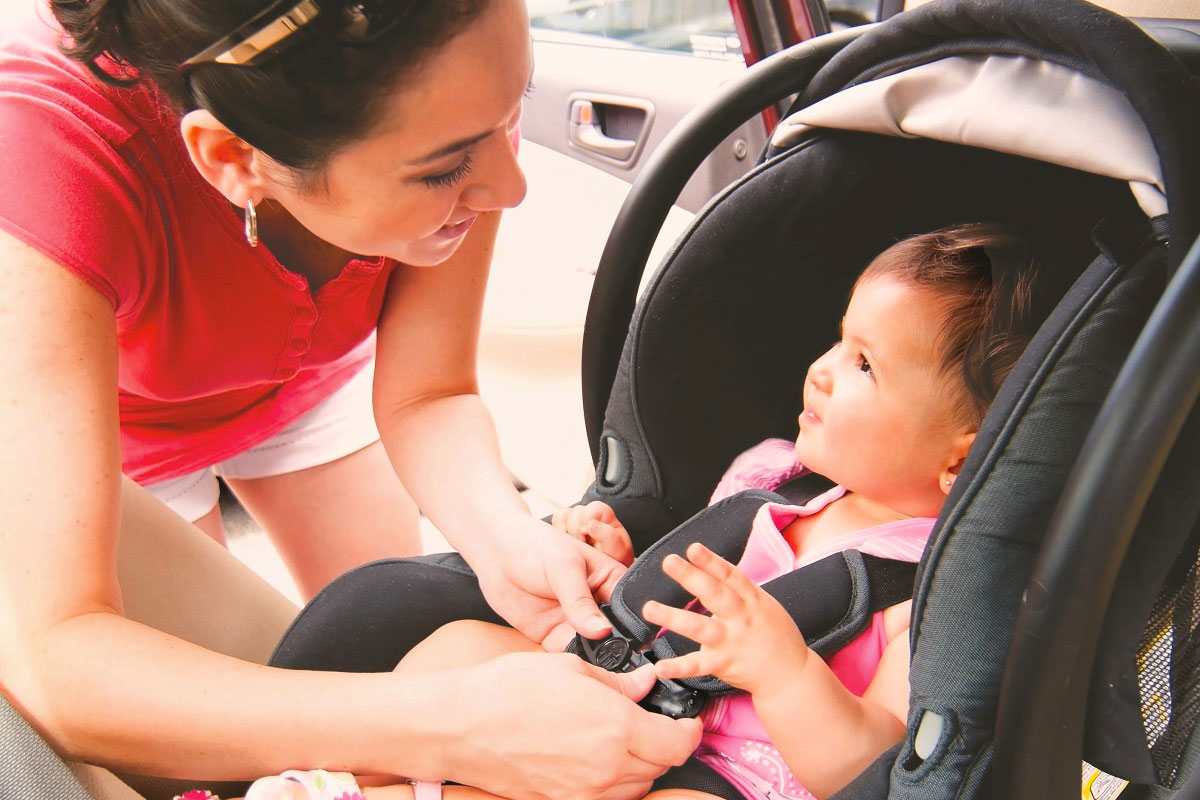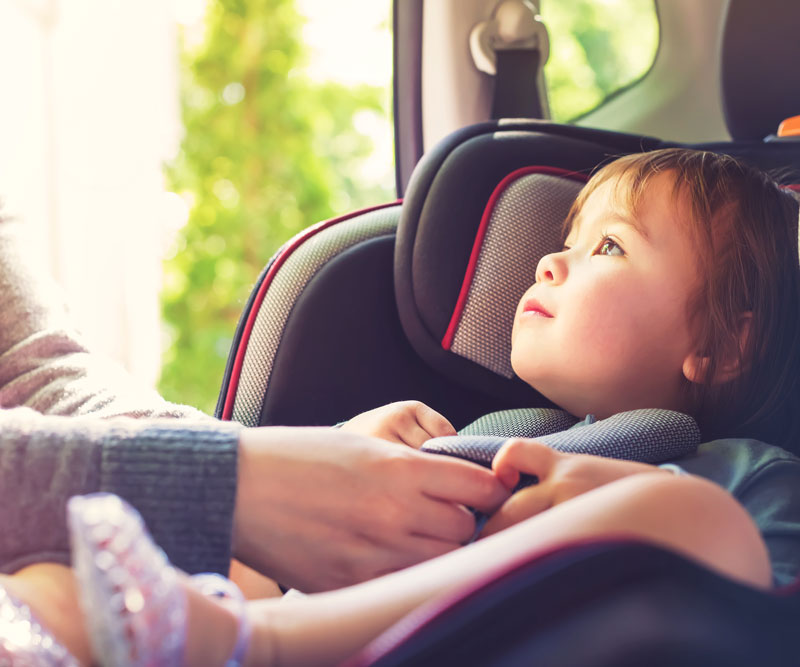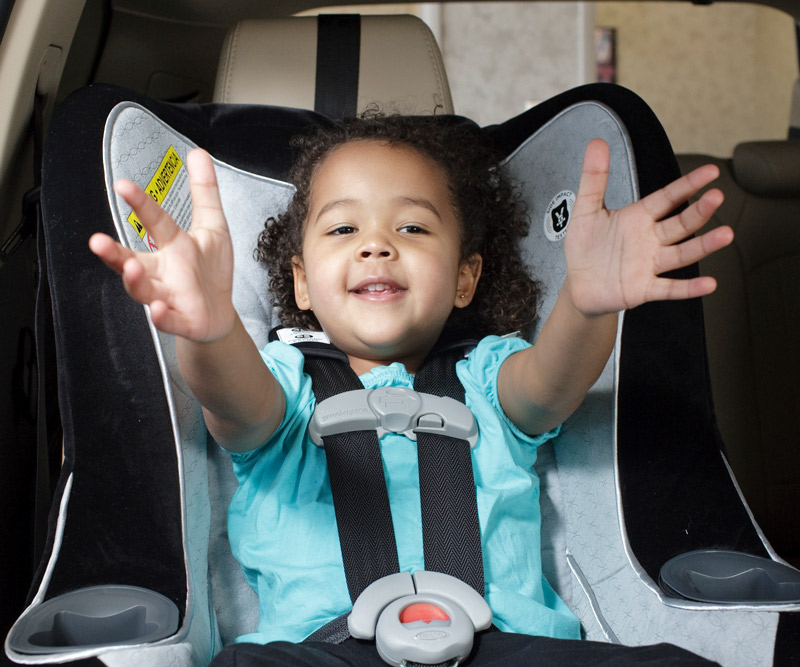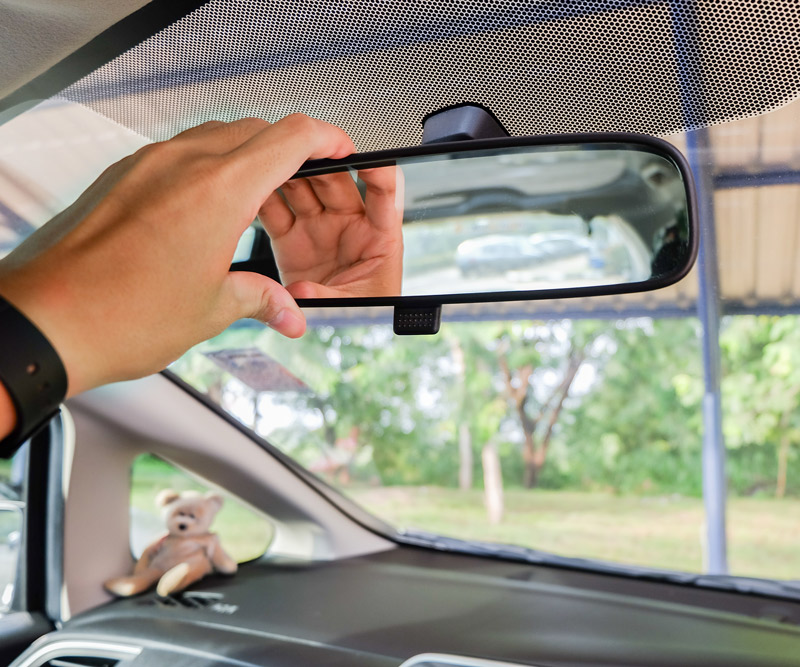
Car Seat Safety
It's important for parents and caregivers to be aware of proper car seat installation.
Following car seat guidelines properly can mean the difference between life or death for an infant or child.
The Hawaii Child Passenger Restraint Law requires children under 4 years of age to ride in a child safety seat (car seat). Children ages 4 through 7 years old must ride in a car seat or booster seat.
Rear-Facing Car Seats
Infants and toddlers should remain in a rear-facing car seat until they are a minimum of 2 years of age or until they reach the top height or weight limit allowed by the car seat’s manufacturer.
“It is five times safer for children to ride rear-facing, as it protects their head, neck and spine,” says Kapiolani Nurse Educator Lisa Dau, RN.
Most car seat manufacturers' weight requirements are between 30 and 40 pounds.
Once children outgrow their rear-facing car seat, they are ready to travel in a forward-facing car seat with a harness.
Forward-Facing Car Seats
Children should remain in a forward-facing car seat with a harness until they are at least 4 years of age or have reached the top height or weight limit allowed by the car seat’s manufacturer.
Forward-facing car seats with a harness will range in weight limits up to 65 to 80 pounds before it is safe to transition keiki to a booster. There also are height limits on forward-facing seats, and often kids will outgrow based on height before weight.
Booster Seat
Once children outgrow their forward-facing car seat, they are ready for a booster seat, but should remain sitting in the back seat.
Booster seats should be used until at least 8 years of age, and when the vehicle seat belt fits properly, typically between 10-12 years of age.
Seat Belt
For a seat belt to fit a child properly, the lap belt must lie snugly across the upper thighs, not the stomach. The shoulder belt should lie snug across the shoulder and chest and not across the neck or face. A child should still remain in the back seat until at least 13 years old.
Car seat selection should be based on a child’s age and size, and fit properly inside the vehicle. A Hawaii state tax credit of $25 per year applies to the purchase of a child passenger restraint.
On average, nine out of 10 car seats are installed or used incorrectly. The most common errors are:
- The seat is not installed properly (too loose).
- The harness is not properly fitted on the child.
- The child was transitioned to the next stage too soon (rear-facing to forward-facing or moved to a booster too soon).
“Any one of these errors could endanger a child during a crash, causing injuries,” says Dau.
To ensure proper installation, refer to the specific car seat manufacturer’s instructions and read the vehicle owner’s manual on how to install the car seat using the seat belt or LATCH system.
To make an appointment to have your child’s car seat checked by a certified child passenger safety technician on Oahu, call Hawaii Pacific Health Contact Center at 808-527-2588.
Kauai Medical Clinic, Wilcox Medical Center Trauma Program and Kauai Police Department also sponsor free car seat safety checks every third Tuesday of the month at Wilcox Medical Center.
For more information, call the Kauai Medical Clinic OB-GYN or pediatric offices.
Published on: May 7, 2016




